Heroes of the Storm’s Evolving Meta: Strategies for Success in 2023
The world of Heroes of the Storm (HotS) continues to evolve in 2023 as the game celebrates its resilience amidst changing gaming landscapes. Strategies that succeed in this team-based multiplayer online battle arena (MOBA) now demand a keen understanding of its dynamic meta, strategic nuances, and the delicate balance between individual skills and team coordination. This article delves into the intricate strategies vital for success in the shifting sands of HotS in 2023.
Understanding the Current Meta
The current meta in Heroes of the Storm is shaped by numerous factors, including patch updates, hero balance changes, and shifting player trends. In 2023, the meta emphasizes adaptability, with an increased focus on heroes who offer versatility in different roles. Heroes that can impact multiple aspects of gameplay, such as providing crowd control, sustaining damage, and offering mobility, are often prioritized.
Notable heroes that have shaped the meta in 2023 include Blaze, who is celebrated for his tanking prowess combined with crowd control capabilities; Hanzo, favored for his ranged damage and reconnaissance; and Rehgar, whose healing abilities and totem utility have become cornerstones in support roles.
Drafting Phase: A Strategic Chess Match
The drafting phase is arguably the most strategic portion of a Heroes of the Storm match. Success in this phase requires knowledge of both the map and the opposing team’s tendencies. In 2023, the meta prioritizes flexibility and counter-picking. Players should be ready to shift strategies based on the heroes already picked by opponents.
During drafts, prioritize versatile heroes with adaptive talents. Teams often begin with a tank or support hero to ensure robustness in team fights. This strategy sets the foundation for subsequent picks, allowing the team to adapt to emerging needs based on the opponent’s draft.
Team Compositions: Balance and Synergy
In 2023, successful team compositions often reflect a blend of roles, including tank, bruiser, support, ranged damage, and melee assassin. Balancing these roles while maximizing synergy between hero abilities is crucial. Hybrid compositions have gained traction, promoting innovation and diversity in playstyles.
For example, a composition featuring Johanna as a tank, complemented by Ragnaros as a bruiser, evolves into a formidable frontline capable of both initiating fights and sustaining severe damages. Cassia can serve as the ranged damage dealer, while Li Li as a support provides healing and crowd control removal. A melee assassin like Qhira rounds out the ensemble, adding execution potential in team fights.
Map Strategies: Capitalizing on the Environment
Knowledge of map-specific strategies enhances the likelihood of victory. Each map in Heroes of the Storm has its own set of mechanics, objectives, and layouts. Understanding these intricacies allows teams to craft strategies that capitalize on environmental advantages.
In 2023, the presence of battleground objectives remains crucial. Teams must focus on map control, with emphasis placed on rotations and timely execution of objectives. On maps like Cursed Hollow, efficient tribute collection can decisively impact the game. The current meta also involves prioritizing bosses and mercenary camps to exert pressure on opponents, creating opportunities for advantageous engagements.
Adaptability: Riding the Wave of Change
Adaptability is a key theme throughout 2023. Players must be able to pivot strategies mid-match based on evolving circumstances. The fluid nature of HotS requires teams to frequently reassess their positioning, objectives, and resource allocation.
A winning strategy often involves split-second decision-making based on enemy hero deaths, item cooldowns, and map objectives. Successful teams remain vigilant, communicating efficiently to adapt their plans in response to changing dynamics.
Micro-management: Precision and Execution
The ability to micro-manage heroes effectively is a cornerstone of individual success. Mastering mechanics specific to chosen heroes empowers players to seize pivotal moments during engagements.
Practicing precise skill shots, timely ultimate activations, and effective utilization of mobility tools allows players to maximize the impact of their chosen heroes. In 2023, this granularity of control often makes the difference between a decisive engagement and a costly defeat.
Team Coordination: The Backbone of Success
While individual skill is important, Heroes of the Storm remains a team-centric game. In 2023, teams with superior coordination and communication are more likely to succeed. This involves coordinating hero abilities, syncing talent choices, and aligning game plans to maintain cohesion.
Lucid communication can play a pivotal role in securing victory, allowing teams to coordinate initiations, disengagements, and focus fire. Teams that communicate effectively tend to display more cohesive strategizing, leading to better execution in high-stress scenarios.
Counterplay: Neutralizing the Opposition
Savvy players in 2023 are well-versed in the art of counterplay, essential for neutralizing formidable threats. This involves understanding enemy hero abilities, cooldown timings, and predictable play patterns.
Identifying a key opposing hero to target often pays dividends. Teams with heroes like Diablo can use crowd-control chains to stymie high-value targets, nullifying their impact and creating opportunities to turn team fights.
Training Regimens: Building the Ultimate Team
Training remains an integral part of refining skills and elevating team performance. Scrimmaging against similarly skilled teams provides valuable insights and the opportunity to test new strategies.
In 2023, successful teams embrace practice as a means to foster synergy. Understanding each team member’s strengths, weaknesses, and tendencies optimizes team dynamics and strengthens overall performance.
Leveraging Technology: Analytical Tools and Communication
With advancements in technology, teams in 2023 harness analytical tools to dissect replays, identify shortcomings, and recount their strategies. These tools facilitate critical analysis and allow teams to adjust their gameplay based on concrete data.
In turn, streamlined communication tools provide real-time feedback on match progression. Coordination tools enable adaptive strategizing and real-time decision-making, leading to improved responsiveness in fast-paced scenarios.
Psychological Resilience: Enduring the Competitive Grind
In the high-pressure world of competitive gaming, psychological resilience plays an indispensable role. Teams that demonstrate mental fortitude are better equipped to manage the demands of the competitive landscape.
Strategies to cultivate resilience include routine mental conditioning, focus on incremental improvements, and maintaining a constructive mindset. This psychological preparedness paves the way for sustained performance, even in the face of adversity.
In conclusion, the Heroes of the Storm landscape in 2023 is shaped by an evolving meta requiring strategic flexibility, collaboration, and technological acumen. Understanding these elements paves the path to success, enabling players and teams to thrive in this captivating MOBA. As the game continues to grow, so too does the opportunity for players to innovate and master new strategies, ensuring the vibrant, ever-changing world of HotS remains a defining feature in the gaming universe.
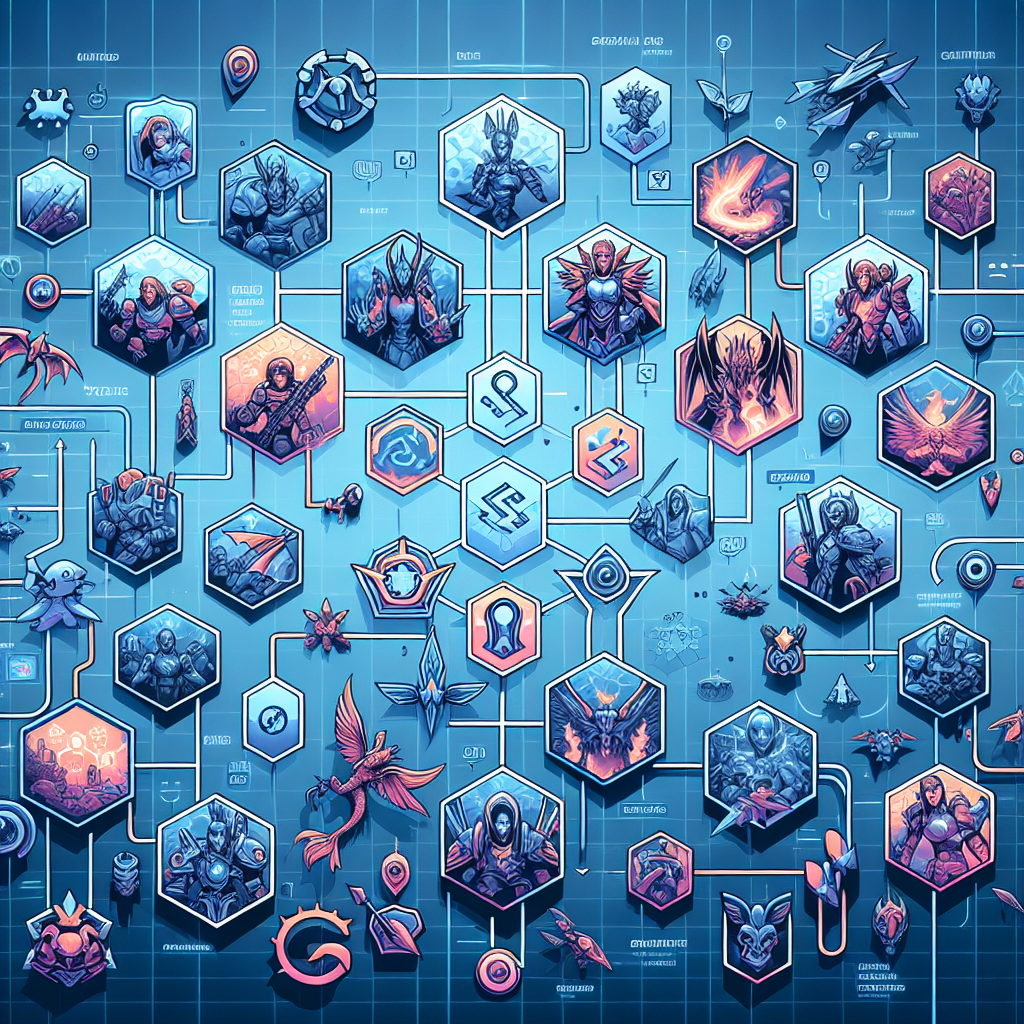



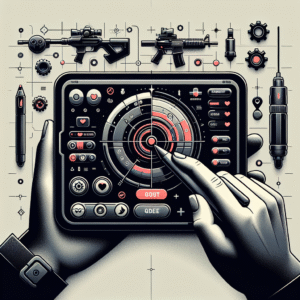
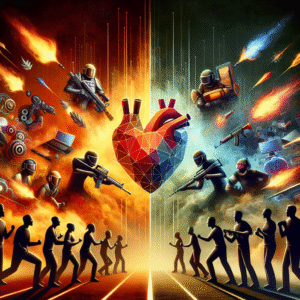

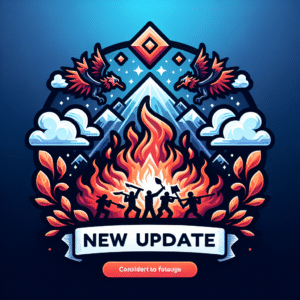


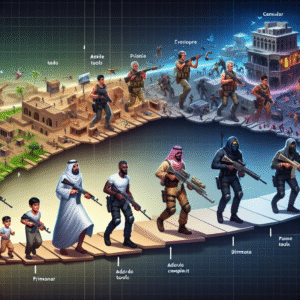
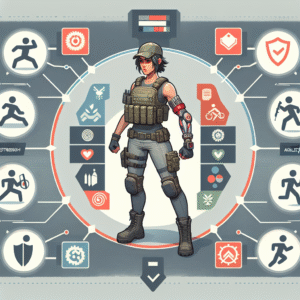

Post Comment